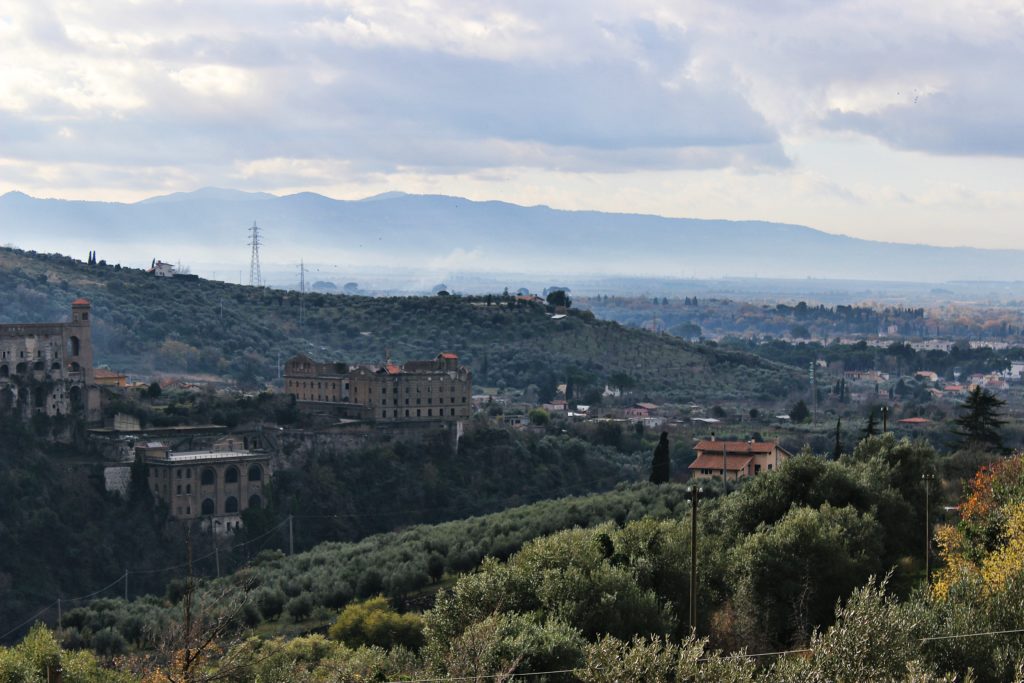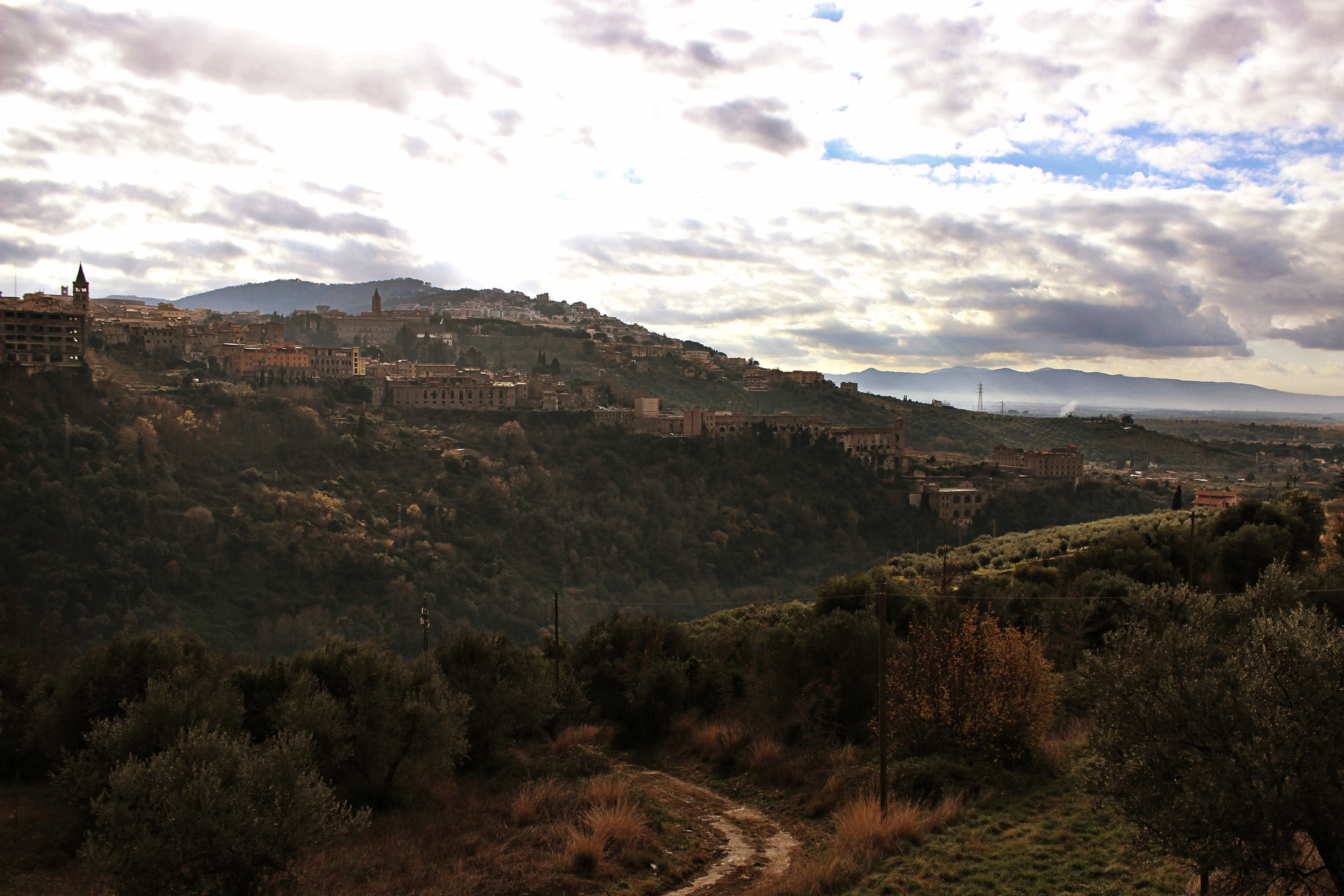Water, Beauty, Progress
It is everywhere, impossible not to notice it, not to hear it. Water is certainly the most present element in the landscape of Tivoli. Waterfalls and fountains cannot be counted by exploring this ancient town around 30 km outside Rome. Inhabitants have wisely exploited its abundant water for centuries as a source of beauty and wealth. Emperors and cardinals alike have erected some of the most magnificent villas in history, where water is an integral part of their charm.
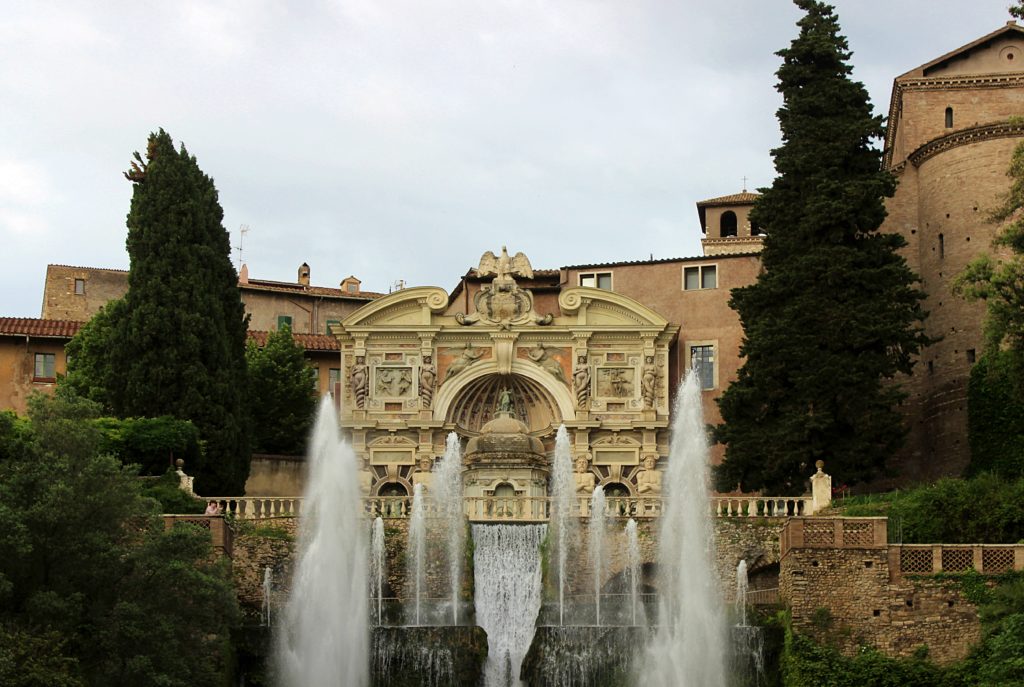
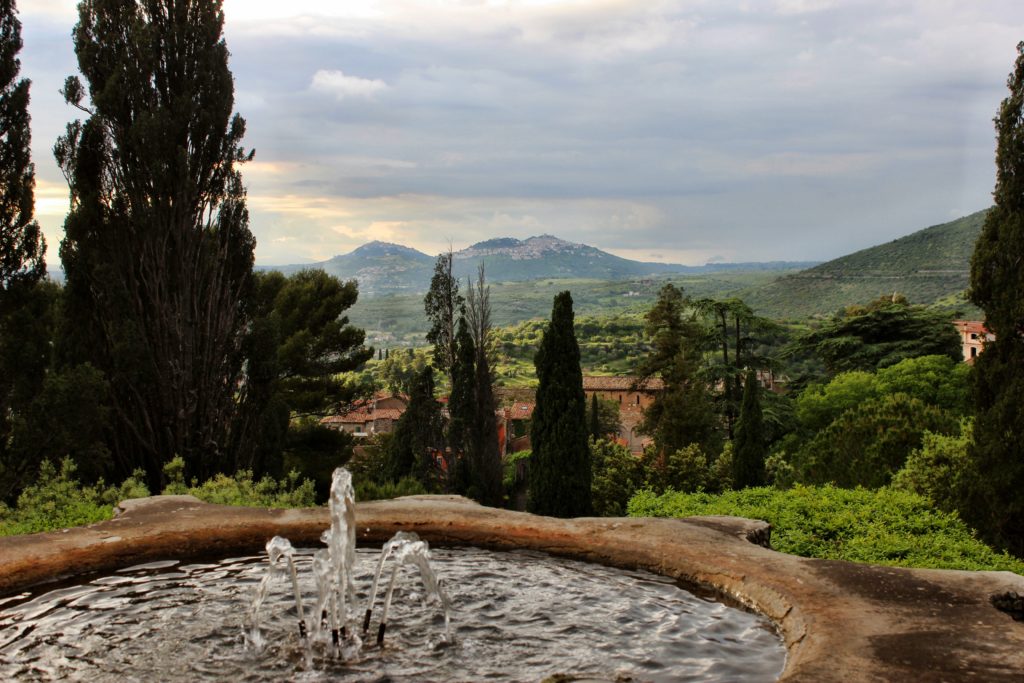
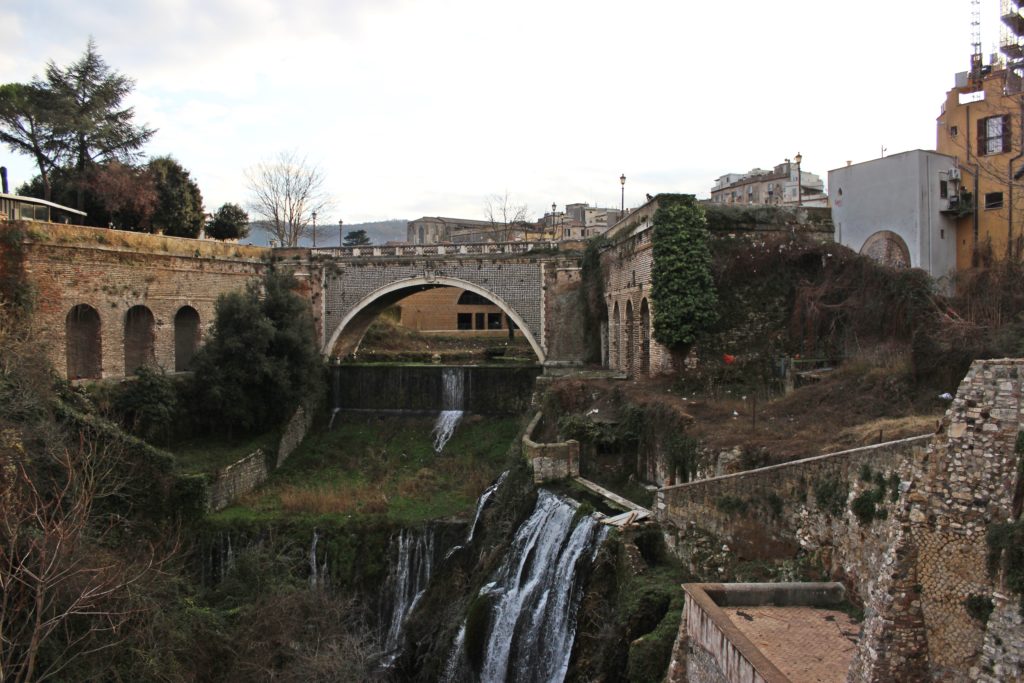
The villas of Tivoli are the places where the peaks of the architecture and art cross those of hydraulic engineering. For thousands of years, people have fought against the impetuous Aniene river, also trying to exploit this unique natural resource for their economy. Roman engineers dug underground ducts to manage the water pressure. These hydraulic works, after centuries, would have nourished not only the beauty but also the industrialization.
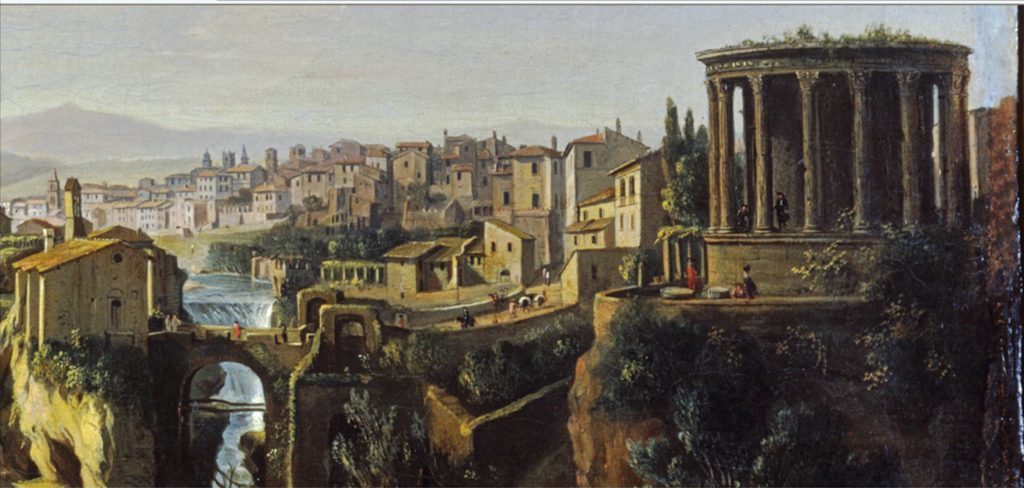
The timeless relationship between Tivoli and water is not only expressed in magnificent fountains and jeaux d’eau. Water is also a source of power, and at the other side of Tivoli is its industrial identity, much older than the Industrial Revolution itself. In the Middle Ages, craftsmen and landowners founded the first corporations each with its own rights to exploit part of the water management system. During the Renaissance, the city was already a primary manufacturing center in the Papal States. The town of aristocratic villas and factories were not parallel worlds, since both were the result of human ability in taming the water. It is no coincidence that in the Fountain of Venus inside the World Heritage Villa d’Este, the industrial identity is depicted through wheels of mills sprouting in the allegorical representation of Tivoli.
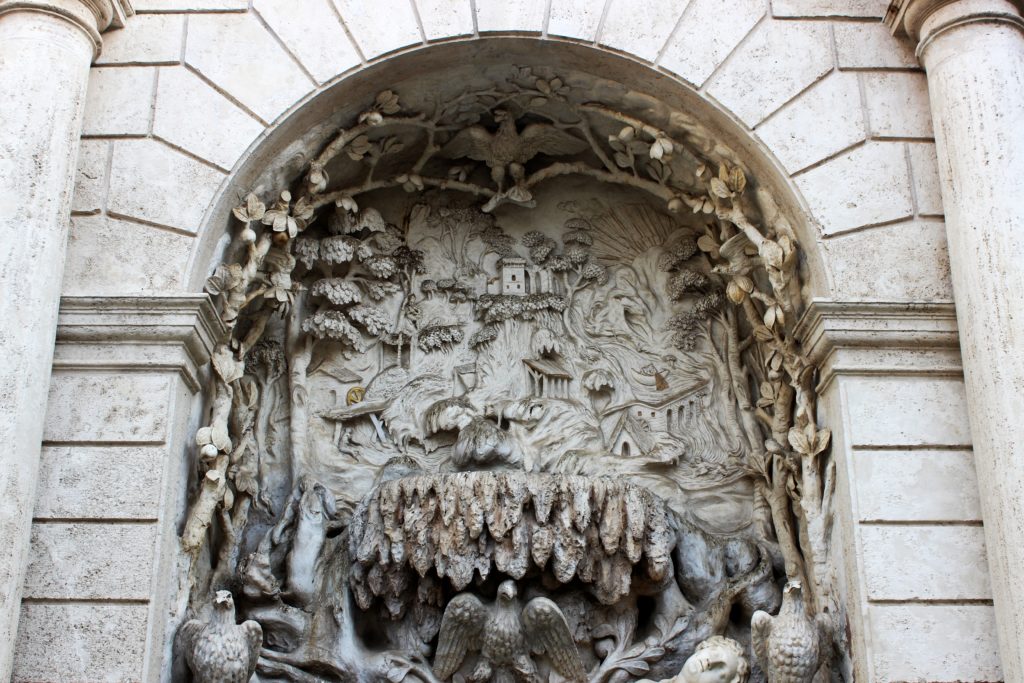
There is a place where the stratification of historical periods is more perceptible than elsewhere. In the Sanctuary of Hercules the Winner, the border between classical and industrial archeology disappears, and those who think today that reuse is a contemporary issue are denied by history. In the same place where a religious belief was celebrated in Roman times, 800 years later science and technology triumphed with the lighting of the first electric light in Italy. The underground channels derived from the Aniene were conveyed into the majestic Canevari Canal tower and then plunged into the Vesta and Acquoria power stations.
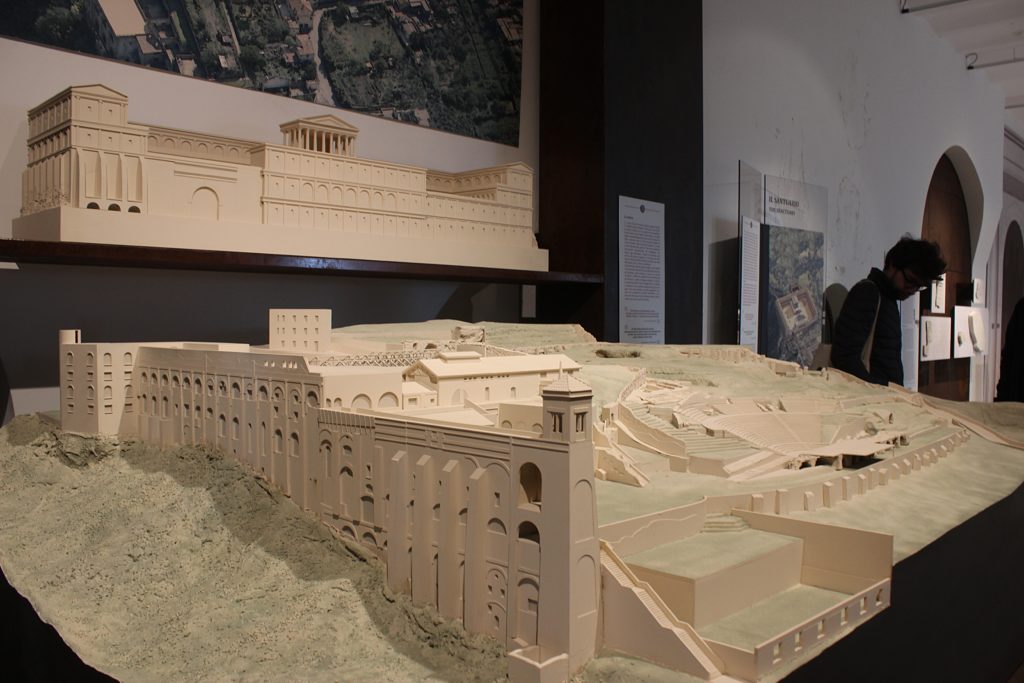
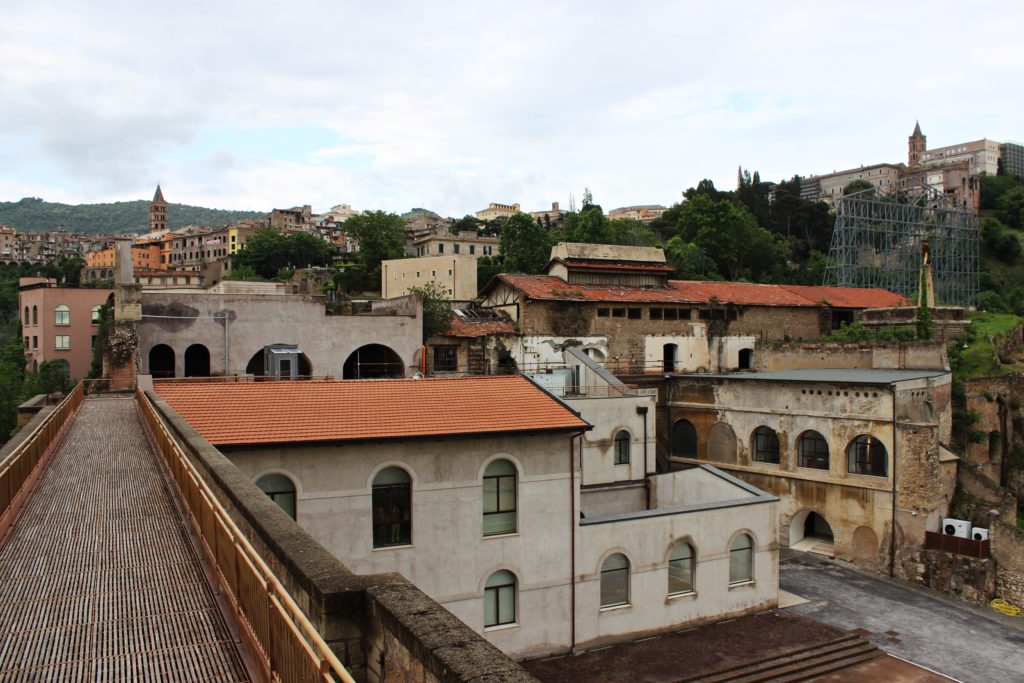
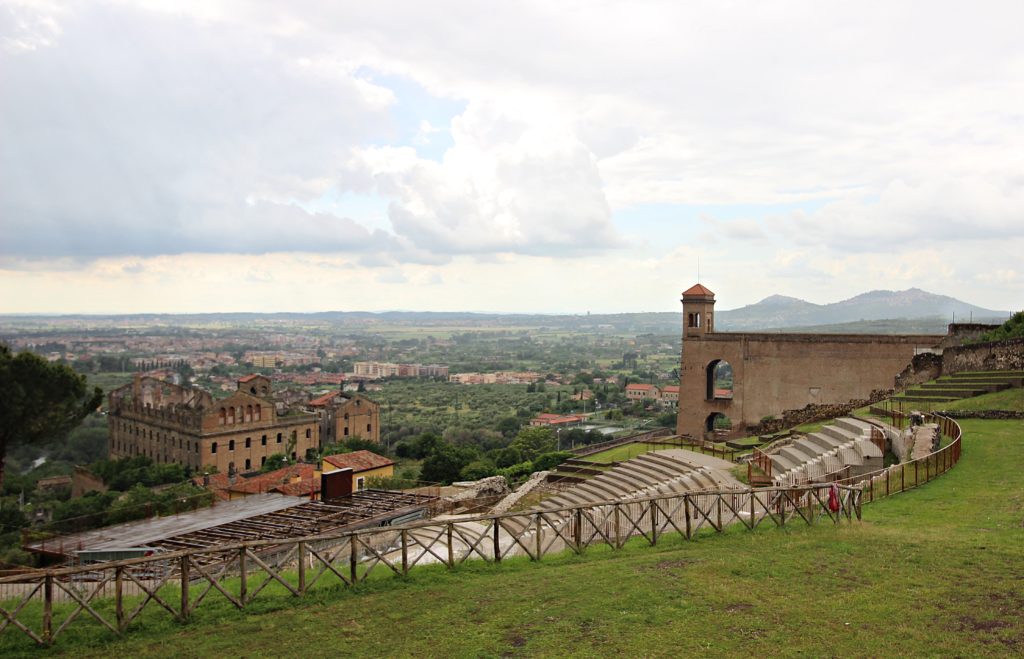
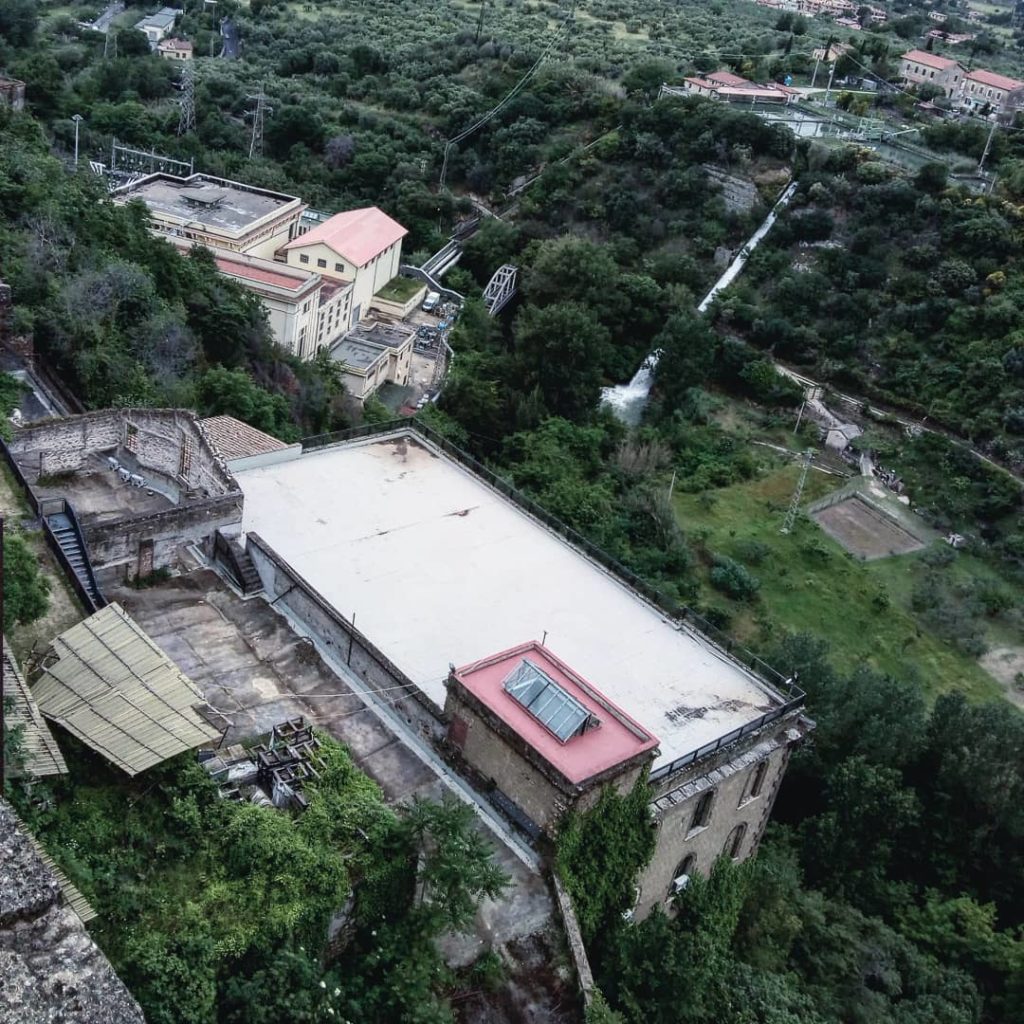
The colossal sanctuary for over two centuries knew an intense industrial activity. Paradoxical, seen with the eyes of today, but even the state of religious power par excellence, the Papal States, had re-used the largest ancient sanctuary in Italy for the production of war equipment. Armor, artillery pieces and gunpowder came out of the temple. Lucien Bonaparte, Napoleon’s brother exiled in Rome, took over the structure in 1802 to turn it into an industrial cannon foundry.
Tivoli, however, means above all paper production. It’s also an ancient business, started in the 18thcentury because of the presence of many printing workshops. The first major company was founded in 1889 in the Sanctuary of Hercules. Most of the paper factories, however, concentrated along the left ridge that dominates the Aniene valley, north of the old town. They are connected by the Via delle Stabilimenti (Factory Road), which actually traces the ancient Roman route Tiburtina: today it’s a beautiful walk surrounded by classic and industrial heritage and a dizzying view of the deep Aniene gorge.
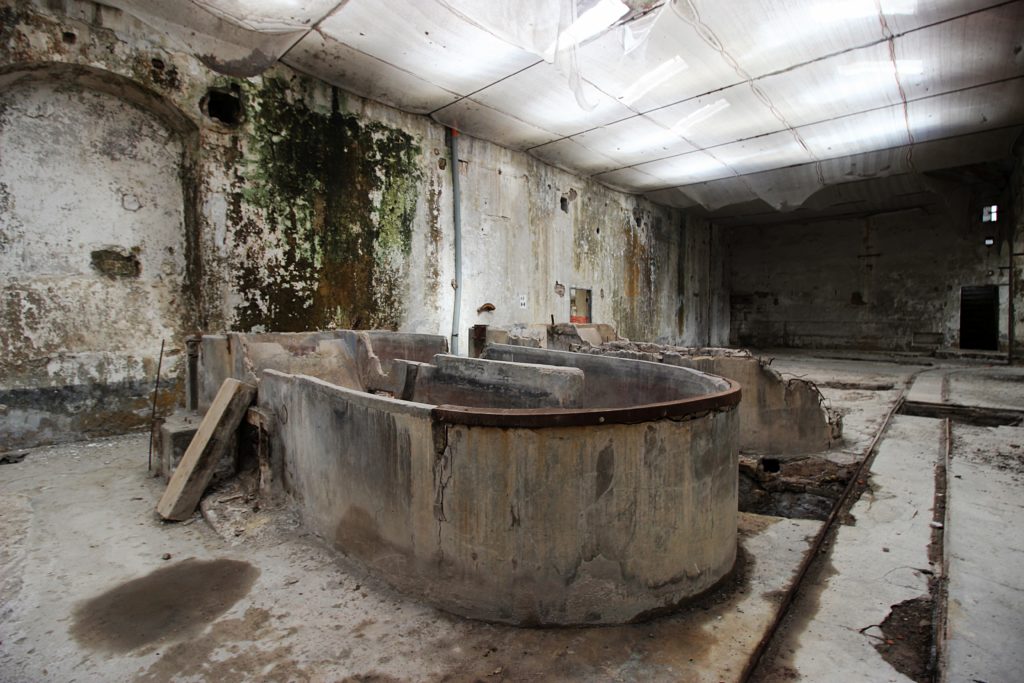
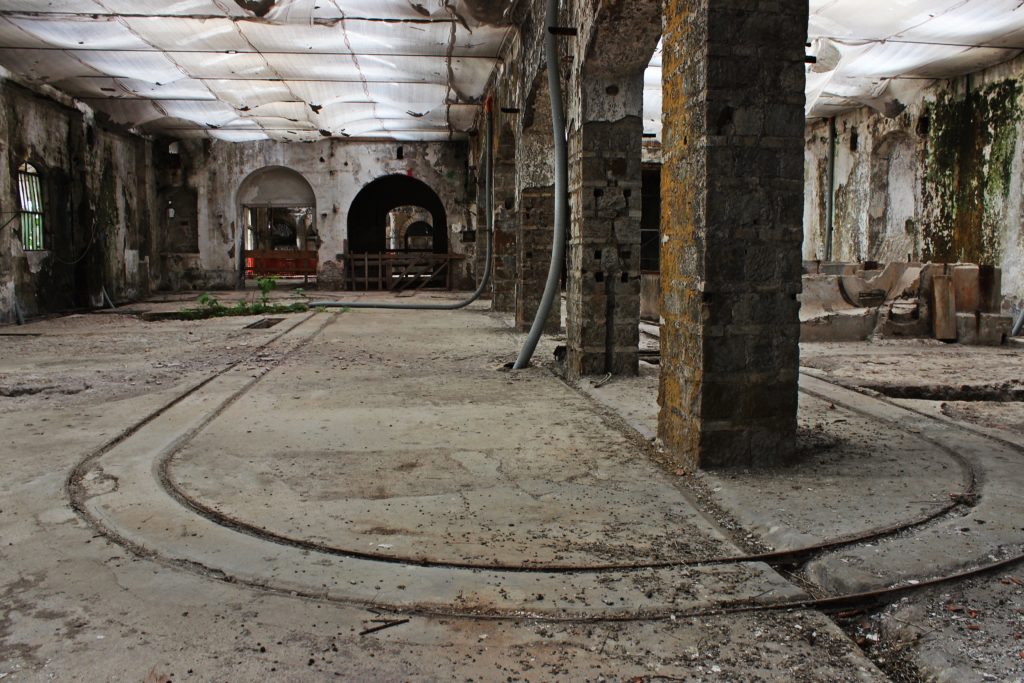
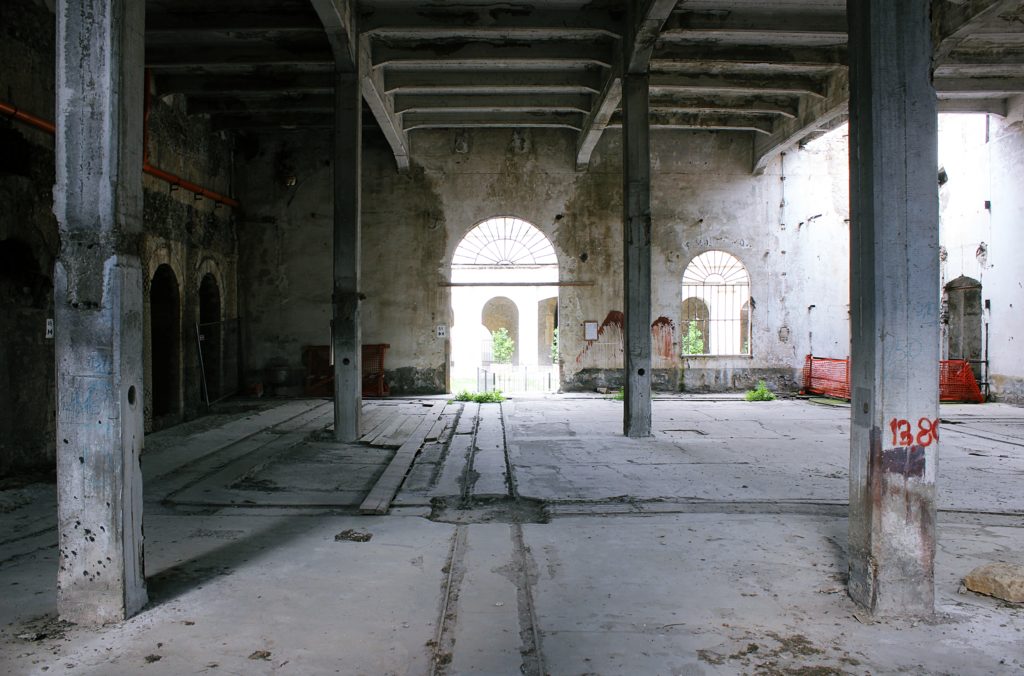
The paper mills complex is now a ghost town with its sad landscape of chimneys, abandoned pipelines, and factories witnessing a secular but already finished industrial glory. What remains of the manufacturing Tivoli is located in the anonymous suburbs in the plains. On the upper town what remains is a great industrial heritage of buildings, hydraulic works, innovations that have marked the advance of an entire country. It’s now a neglected part of Tivoli, at risk of collapse or demolition due to neglect and speculation.
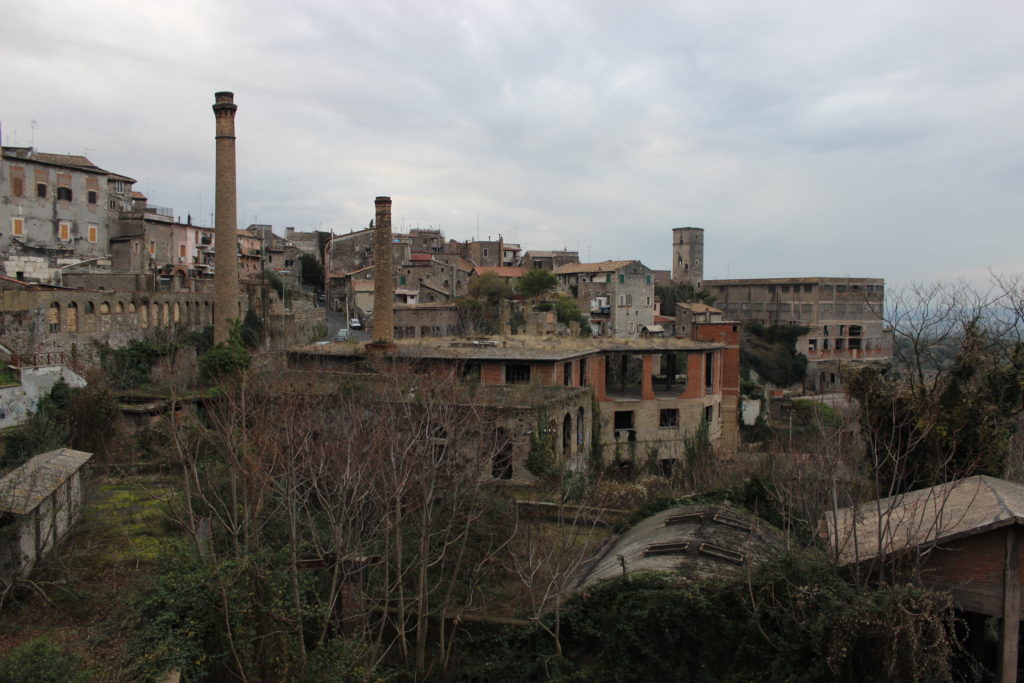
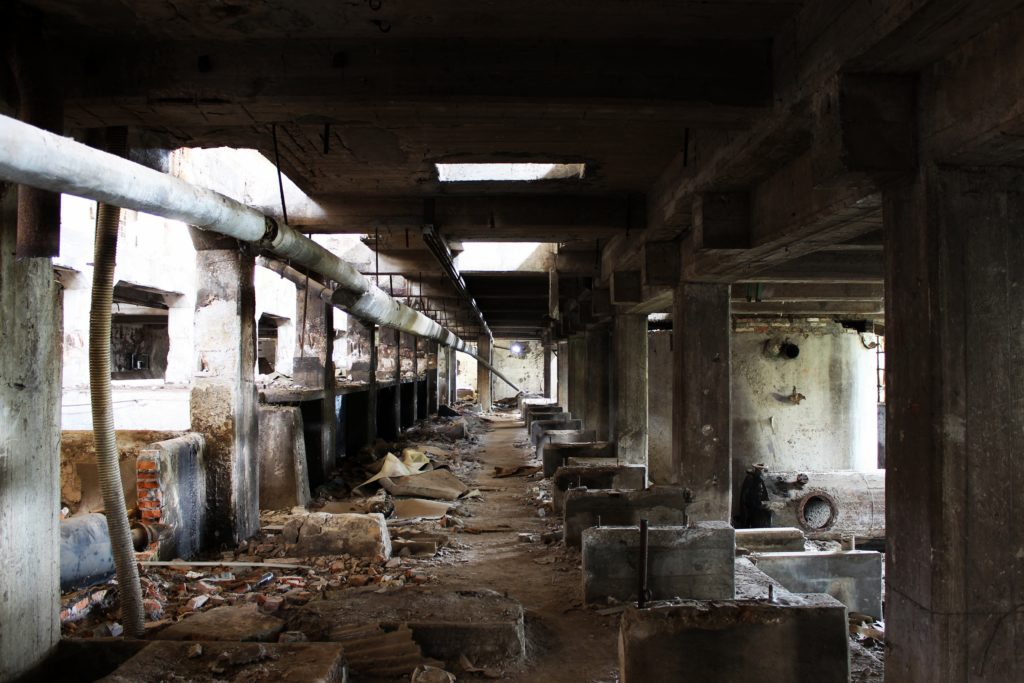
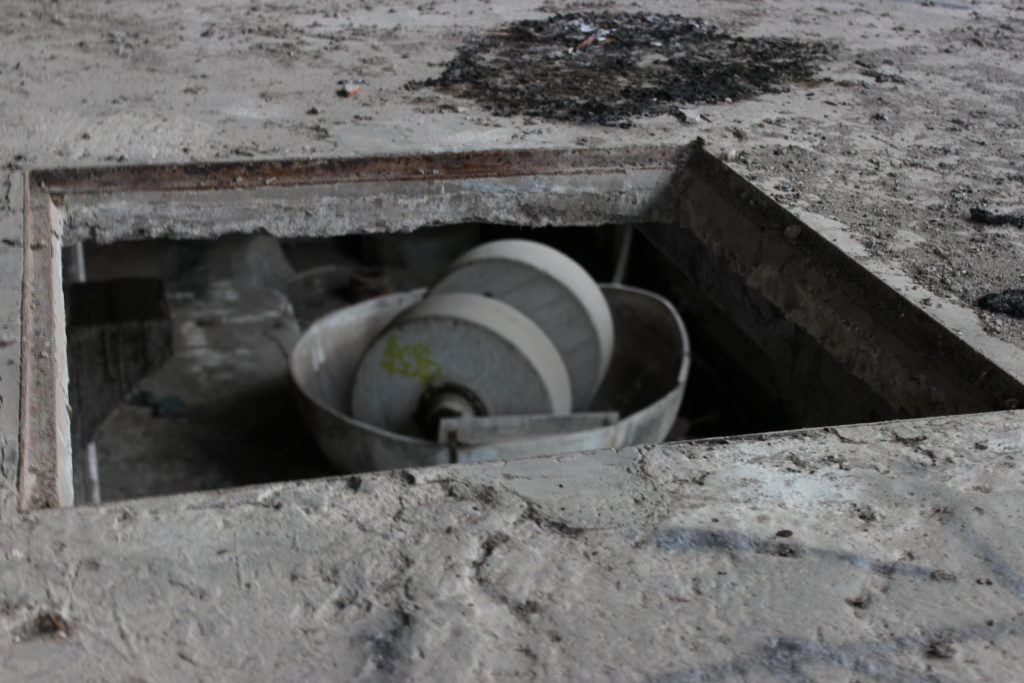
While waiting, perhaps in vain, that even the district of the paper mills become part of the immense cultural heritage of this town, from the Belvedere of Quintiliolo we admire a landscape of waterfalls, temples, villas, factories, power plants, the result of the perpetual struggle with water for beauty and progress.
